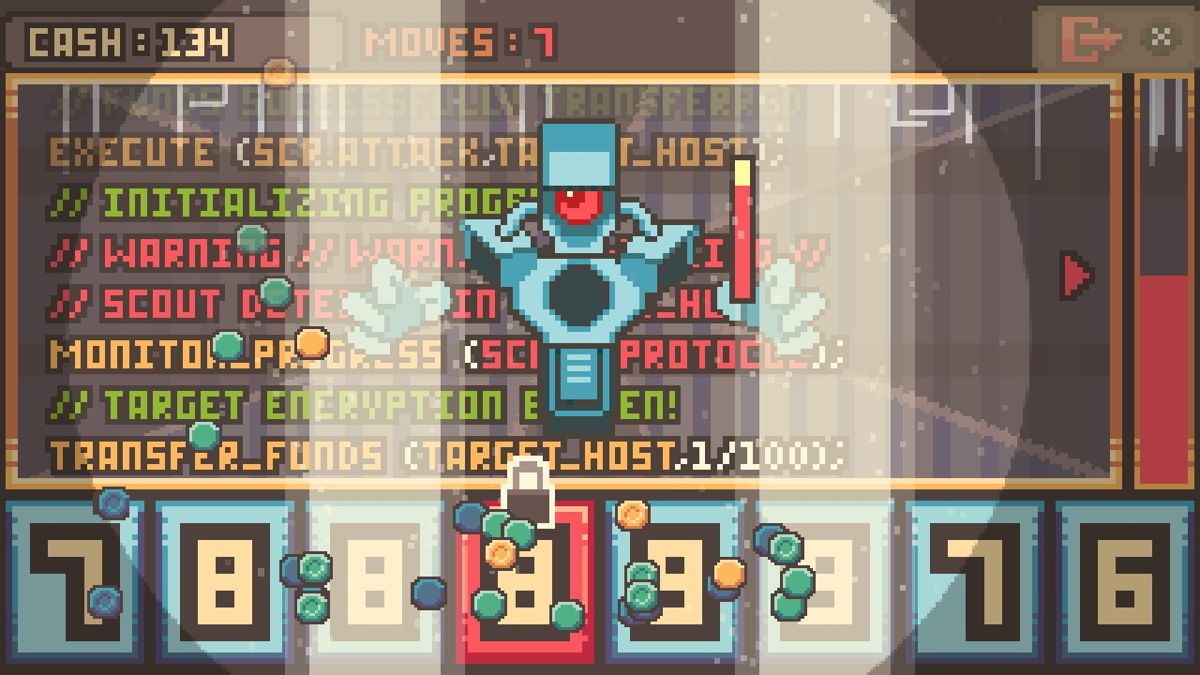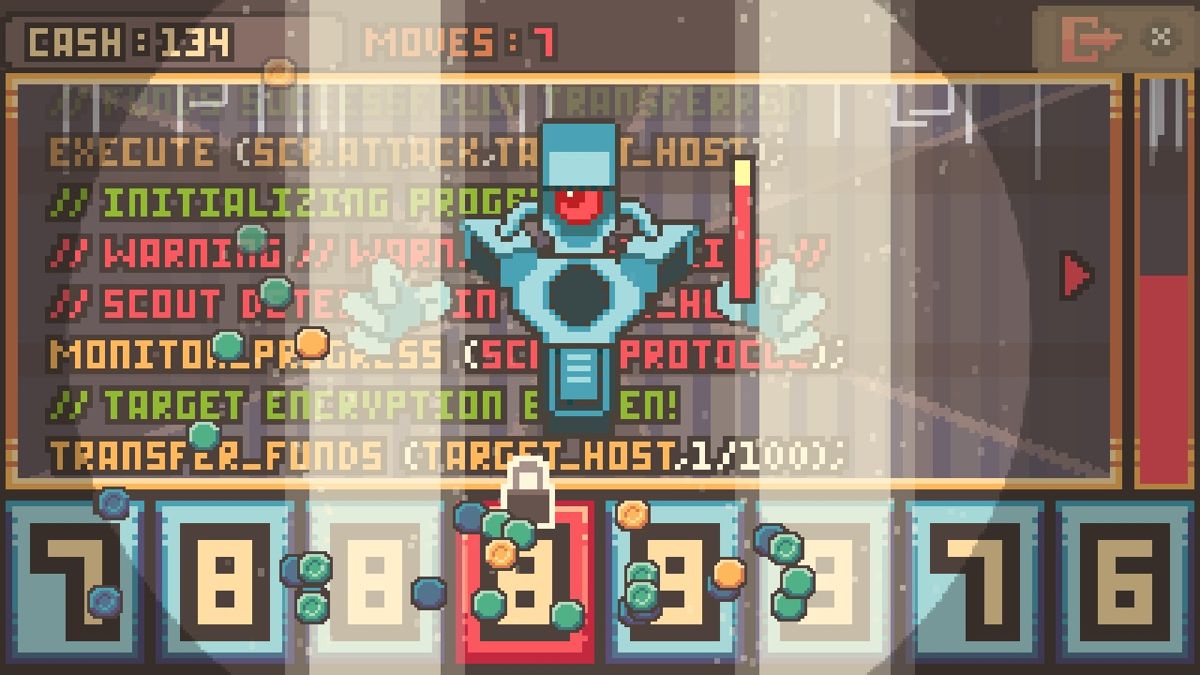In the realm of video games, the concept of “game where you are chained together” presents a unique and captivating gameplay mechanic that challenges players to navigate obstacles, solve puzzles, and engage in combat while tethered to one another. This innovative mechanic fosters cooperation and competition, creating thrilling and memorable gaming experiences.
By examining the game dynamics, cooperative gameplay, competitive gameplay, game design considerations, visual representation, and emotional impact of chaining mechanics, this analysis will provide a comprehensive understanding of this captivating genre.
Game Dynamics
In the realm of video games, the concept of being chained together is a gameplay mechanic that binds two or more characters or entities together, physically or metaphorically, creating a unique and often challenging dynamic.
This mechanic introduces both advantages and challenges that can significantly impact the gameplay experience. Let’s explore the intricacies of this mechanic, examining its benefits and drawbacks.
Advantages
One of the primary advantages of being chained together is the enhanced sense of cooperation and teamwork it fosters among players. To overcome obstacles and progress through the game, players must coordinate their actions, communicate effectively, and rely on each other’s strengths.
This can lead to a more immersive and engaging gameplay experience.
Another advantage lies in the unique puzzle-solving opportunities it presents. The chains can create physical barriers or restrictions that force players to think creatively and devise innovative strategies to navigate the environment. This adds a layer of complexity and depth to the gameplay, making it more challenging and rewarding.
Challenges
While being chained together offers advantages, it also presents certain challenges. One of the main drawbacks is the potential for frustration and hindered movement. Players may find themselves restricted in their actions or unable to progress due to the limitations imposed by the chains.
This can lead to a sense of frustration, especially if the chains are too restrictive or if players are not accustomed to this type of gameplay.
Additionally, the chains can introduce an element of unpredictability into the gameplay. Players may find it difficult to anticipate the movements and actions of their chained partner, leading to unexpected outcomes and potentially compromising their strategy.
Examples
Numerous games have successfully implemented the mechanic of being chained together. Some notable examples include:
- Brothers: A Tale of Two Sons: This award-winning adventure game features two brothers who are physically chained together, requiring players to control both characters simultaneously.
- Outward: This open-world RPG allows players to chain themselves together for increased defense and cooperation, but it also restricts their movement and makes them more vulnerable to certain attacks.
- It Takes Two: This cooperative adventure game revolves around two characters who are magically bound together, leading to hilarious and challenging gameplay situations.
Cooperative Gameplay
Chaining players together fosters cooperation by creating a physical and metaphorical bond between them. Players must work together to overcome obstacles, communicate effectively, and coordinate their movements to progress through the game.
Strategies and Communication
Effective teamwork requires players to develop strategies for navigating obstacles and solving puzzles. Communication is crucial for coordinating actions, sharing information, and providing encouragement. Players may use verbal cues, gestures, or in-game chat to convey their intentions and observations.
Examples of Cooperative Gameplay
- Escape Room Games:Players are locked in a room and must work together to solve puzzles and escape within a time limit.
- Overcooked!:A cooking game where players must cooperate to prepare and serve meals while managing a chaotic kitchen.
- It Takes Two:An adventure game that requires two players to work together to overcome challenges and progress through the story.
Competitive Gameplay: Game Where You Are Chained Together
Chaining players together in a game introduces competitive elements by creating a dynamic where players must work together to achieve a common goal while also striving to outmaneuver and outperform each other. This unique gameplay mechanic presents challenges and excitement that are not found in traditional cooperative or competitive games.
One of the key challenges of competitive gameplay while chained together is the need to coordinate actions and strategies with your linked partner. Players must constantly communicate and adapt to each other’s movements and abilities in order to overcome obstacles and achieve their objectives.
This can be especially difficult in fast-paced or chaotic environments, where split-second decisions and quick reflexes are required.
Examples
Several games have successfully balanced competition and cooperation through chaining mechanics. One notable example is the popular multiplayer game “Overcooked,” in which players work together to prepare and serve meals in a chaotic kitchen. Players are chained together by an apron, which both helps and hinders their efforts.
They must coordinate their movements to avoid bumping into each other and spilling food, while also competing to complete orders quickly and efficiently.
Another example is the competitive racing game “Mario Kart Double Dash,” where players team up in pairs and share a single kart. Players must work together to control the kart and navigate the tracks, while also competing for first place.
The chained mechanic adds an extra layer of challenge and excitement to the game, as players must coordinate their actions to maximize their speed and avoid obstacles.
Game Design Considerations
Implementing chaining mechanics requires careful consideration to ensure a balanced and engaging gameplay experience.
Level design plays a crucial role in facilitating chained attacks. Levels should provide ample opportunities for chaining by strategically placing enemies and obstacles. Resource allocation, such as ammo or health, should be balanced to encourage players to engage in chaining without becoming overly reliant on it.
Best Practices
- Design levels with multiple paths and open areas to allow for flexible chaining strategies.
- Vary enemy types and placement to encourage different chaining combinations.
- Balance resource allocation to promote chaining without making it the only viable option.
- Provide clear visual cues to indicate chaining opportunities.
Common Pitfalls
- Overreliance on chaining, making other gameplay mechanics redundant.
- Poor level design that restricts chaining opportunities.
- Unbalanced resource allocation that forces players to prioritize chaining over other gameplay elements.
- Inconsistent chaining mechanics that lead to frustration.
Visual Representation
In games, the visual representation of chained players is crucial in conveying the sensation of being physically linked.
Camera angles play a significant role in shaping the gameplay experience. A close-up camera angle can create a sense of claustrophobia and emphasize the restrictive nature of the chains. Conversely, a wide-angle camera angle can provide a more panoramic view of the environment, allowing players to better anticipate obstacles and plan their movements.
Character Animations
Character animations are essential for conveying the weight and momentum of the chains. Realistic animations can make players feel the strain of pulling or being pulled by their chained companions. Additionally, animations can be used to communicate the emotional state of the characters, such as frustration or determination.
Environmental Effects
Environmental effects can also enhance the visual representation of chained players. For instance, wind can cause the chains to sway and rattle, creating a sense of urgency and chaos. Similarly, rain or snow can obscure vision, making it more difficult for players to navigate and coordinate their movements.
Examples
Games that effectively convey the sensation of being chained together include:
- Brothers: A Tale of Two Sons: This game features two brothers who are chained together and must navigate a treacherous journey. The camera angle shifts dynamically to create a sense of intimacy and claustrophobia.
- A Way Out: This cooperative game features two prisoners who are chained together and must escape from prison. The game’s unique camera system allows players to see both characters’ perspectives simultaneously, creating a sense of tension and urgency.
Emotional Impact
Being chained together in games creates a unique set of emotional experiences for players. These experiences can range from feelings of trust and vulnerability to exhilaration and triumph.
Trust
When players are chained together, they must rely on each other to survive and succeed. This can lead to a strong sense of trust between players, as they learn to work together and depend on each other’s strengths.
Vulnerability, Game where you are chained together
Being chained together also makes players more vulnerable to attack. This can create a sense of tension and excitement, as players must constantly be on the lookout for danger.
Exhilaration
When players successfully overcome challenges while chained together, they can experience a sense of exhilaration and triumph. This is especially true in competitive games, where players must work together to defeat their opponents.
Examples
Several games have used chaining mechanics to evoke strong emotions in players. One example is the game “Brothers: A Tale of Two Sons,” which tells the story of two brothers who are chained together on a journey to save their father.
The game’s chaining mechanics create a strong sense of trust and vulnerability between the two brothers, as they must work together to overcome challenges and protect each other.
Another example is the game “Keep Talking and Nobody Explodes,” which requires two players to work together to defuse a bomb. The game’s chaining mechanics create a sense of tension and excitement, as players must communicate clearly and work together to avoid making mistakes.
Concluding Remarks

In conclusion, game where you are chained together offer a rich and engaging gaming experience that challenges players to work together, compete against each other, and navigate unique gameplay mechanics. Through thoughtful design and compelling visuals, these games evoke a range of emotions and create lasting memories for players.
Detailed FAQs
What are the benefits of chaining players together in games?
Chaining players together can foster cooperation, encourage communication, and create unique gameplay challenges and opportunities.
How does chaining mechanics affect competitive gameplay?
Chaining mechanics can introduce competitive elements by creating shared objectives, requiring players to balance cooperation and competition.
What are some examples of games that successfully implement chaining mechanics?
Examples of games that effectively use chaining mechanics include “Brothers: A Tale of Two Sons,” “It Takes Two,” and “Unravel Two.”

